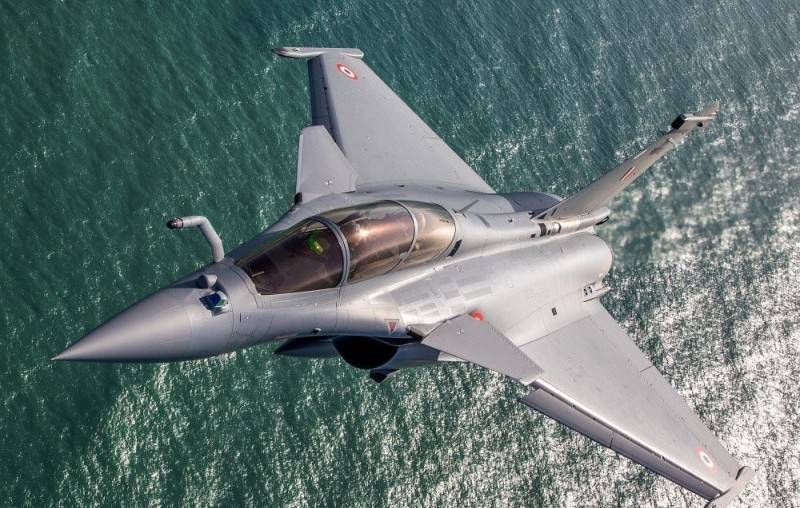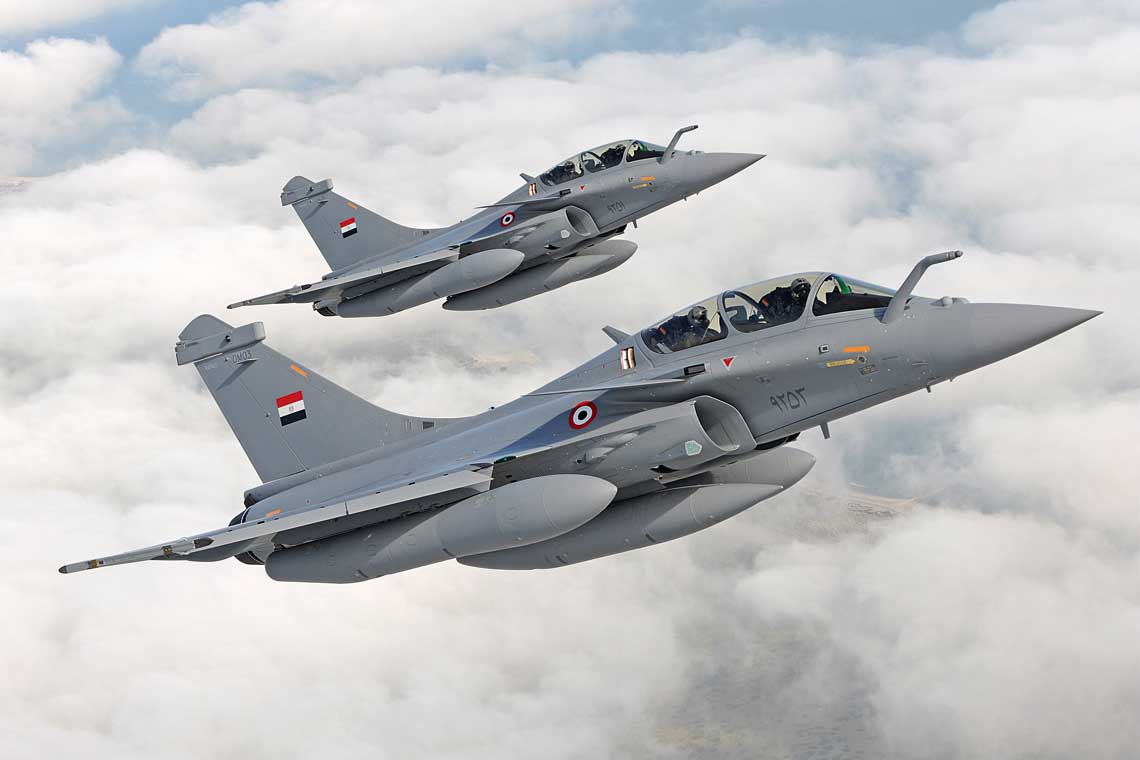
Indian Air Force will receive Rafale

Outside of France, only Egypt currently operates Dassault Rafale machines, which have been delivered consistently since last year. Qatar will receive its first aircraft in mid-2018.
On September 23, the defense ministers of the French Republic and India signed a long-awaited contract for the purchase of Dassault Rafale multi-role combat aircraft for the Indian Air Force. The road leading up to this event perfectly shows how difficult it is to finalize programs related to the purchase of weapons in India. Even if the supplier has been formally appointed at the highest decision-making level.
The idea of arming a Sokół helicopter with anti-tank guided missiles (ATGMs) is not new. Back in 1990, a prototype Sokol was built, designated W-3U Salamander, which was equipped with the Soviet 9K113 Shturm-Z anti-tank system with four 9M114 Kokon guided missiles and the Raduga-Sz daytime missile guidance system. ". , known in Poland for Mi-24V helicopters. The Salamander concept has its roots in the Warsaw Pact. However, the designers of the then WSK PZL Świdnik quickly refocused their projects on systems of Western origin. In 1992-1993, the W-3K Huzar (K from Kentron) variant was prepared and tested, developed in cooperation with South African companies that supplied the HSOS day and night optoelectronic head (Denel) and the ZT-3 / ZT-35 ATGM (" Kentron"). Even test firing of the W-3K ATGM was organized in South Africa. The Huzar concept evolved into the Huzar Strategic Government Program. Started in 1994, it continued until 1999, but did not result in any tangible results. As part of the SPR Huzar on the basis of Sokół, a combat support helicopter W-3WB was to be built, armed with an ATGM and a remote-controlled gun, equipped with a modern optoelectronic guidance system. We will not recall the history of the SPR Huzar, but it is worth mentioning that during it the W-3 helicopter was built, equipped with a Sagem Viviane surveillance and guidance head and HOT-3 anti-tank systems offered by Euromissile (today MBDA). In March 1999, at the training ground in Novaya Demba, the Khuzar equipped in this way successfully launched the HOT-3 ATGM day and night. Another important episode in the history of the SWP Huzar was the choice in 1997 by the leadership of the Israeli Ministry of Economy of the Rafael NT-D ATGM as the weapon of the Huzar. After parliamentary elections, the new government canceled the agreement made by its predecessors. The NT-D was never launched from the W-3, but this fiber-guided missile belonged to the ATGM family, a preconfiguration of the Spike series missiles. The former NT-G Gill became the Spike-MR version, the NT-S Spike became the Spike-LR version, and the NT-D Dandy became the Spike-ER version offered by the Israeli company Rafael.
Although as a result of the SWR Huzar, the Polish Army did not receive a helicopter armed with guided missiles, the experience gained was used in the construction of the W-3PL Głuszec version. Huzar differs from the future by the absence of a guided missile weapon system and a remotely controlled post with a 12,7 mm machine gun instead of a 20 mm cannon. The capercaillie has a modern Rafael Toplite III optoelectronic head.
The last 9M17P and 9M114 anti-tank systems installed on the Mi-24D and Mi-24V combat helicopters, respectively, have become irrevocably outdated over the past few years. And now the Polish Army - for the first time since the 70s - was left without helicopters armed with anti-tank systems. All the more valuable is the initiative of PZL-Świdnik SA, which, in consultation with industrial partners from Poland and Israel, prepared a comprehensive and technically simple modernization of the W-3PL Głuszec, thanks to which this helicopter can be equipped with the Spike system. ATGM.
